Habits of Mind
Discover Art Costa's Habits of Mind, a framework for effective thinking and problem-solving strategies used by successful individuals.


Discover Art Costa's Habits of Mind, a framework for effective thinking and problem-solving strategies used by successful individuals.
Art Costa's Habits of Mind are a set of thinking skills that help people solve problems. These habits are not special talents that only gifted people have. They can be taught and developed over time.
The Habits of Mind are strategies that successful people use when facing tricky problems. They involve skills, attitudes, and past experience. They need mental energy and the ability to draw on different problem-solving methods.
These habits are about building resilience and flexibility in thinking. They help us find different solutions and learn from past experiences. Costa outlined key traits of people who show these habits:
Teachers can support these habits by creating a learning environment that encourages exploration and reflection. For example, a student facing a hard maths problem would not give up easily. They would try different approaches until they find a solution.
Habits of mind link to effective thinking. They help students approach tasks in a more positive way.
Edward De Bono's Thinking Hats support flexible thinking. By using different hats, students can look at a problem from many angles. This matches the idea of habits of mind linked to higher-order thinking.
Albert Einstein said we should encourage students to think outside the box. Using different thinking hats helps students approach problems from new perspectives.
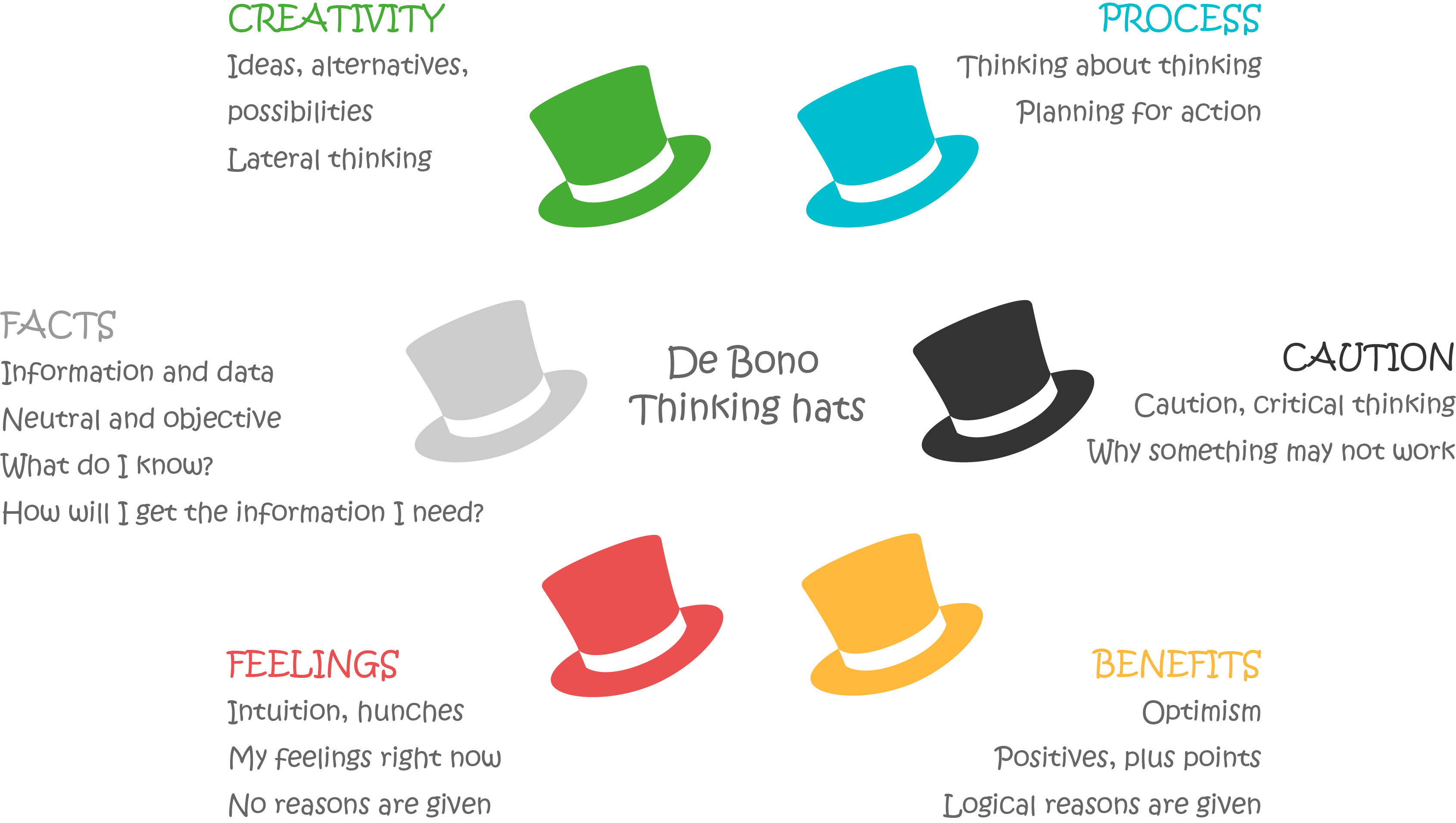
Habits of mind often relate to being creative. Linda Niama offers useful ideas to boost creativity in the classroom.
She talks about 'whole-brain thinking' based on Hermann's research. This suggests that each of us has a preferred way of thinking that shapes how we process information.
Niama suggests four modes of creative thinking:
A 'Habit of Mind' means acting wisely when faced with problems that have no obvious answer. When we face confusion or uncertainty, our best actions come from using patterns of thinking we have built over time.

Carol Dweck's growth mindset ideas link closely to habits of mind. Dweck says people with a growth mindset:
Helping students learn from failure takes time and skill. Teachers need to use clear language, show emotional intelligence, and be thoughtful in their approach.
Simple coaching techniques can support a growth mindset. For example, teachers can contract the problem, listen to issues, explore solutions, create actions, and review progress.
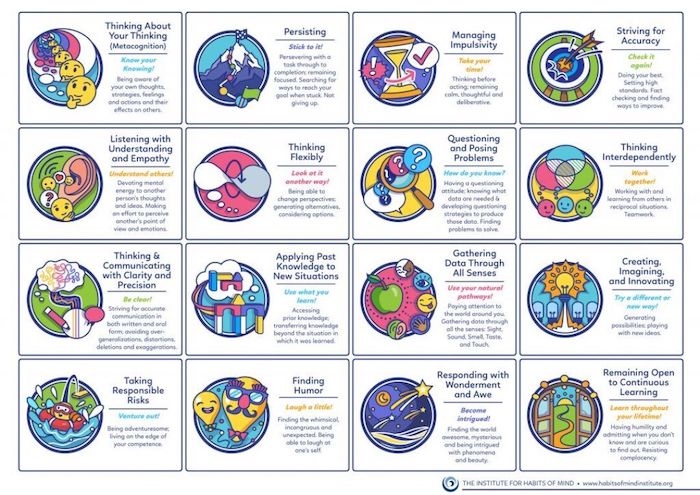
Judith Beck outlined three levels of thinking that affect our ability to develop a growth mindset:
Automatic thoughts can lead to thinking errors such as:
Intermediate beliefs are shaped by our background. Where we grow up and who we spend time with affects our views. Students bring different experiences to the classroom.
Core beliefs develop in childhood. Children who lack secure early relationships may have a fixed mindset. They may avoid drawing attention to themselves.
Teachers sometimes use language that students do not understand. It helps to scaffold learning and explain key terms clearly.
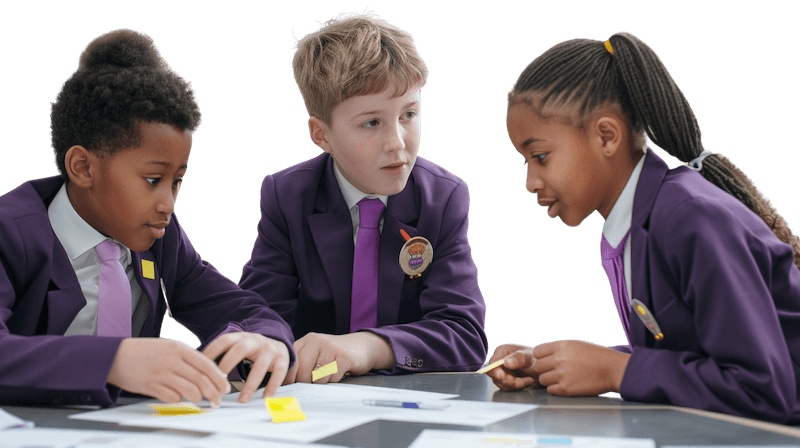
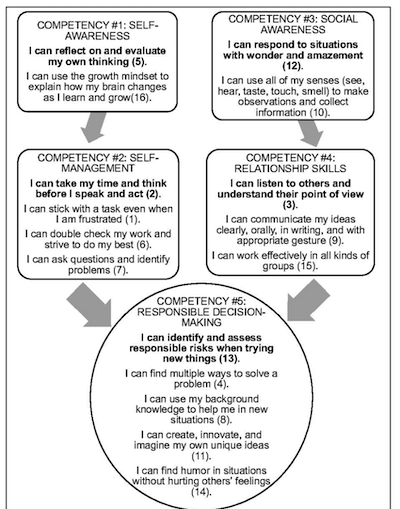
Teachers can use simple questioning techniques to help students solve problems. Ask students what issues they face and help them find realistic steps to reach their goals.
Bill Rogers talked about behaviour techniques such as tactically ignoring or giving framed choices. For example: 'You have two choices here - you can complete your task now or later after school.'
Another simple tool is a 'parking lot' area in the classroom. Students can post questions on sticky notes that may not fit into the lesson. Teachers can then use these questions for discussion or lesson planning.
Having reference materials available helps students see that not succeeding the first time does not mean failure. Students learn that being unable to do something right away means there is more to figure out, not that they are 'not smart enough.'
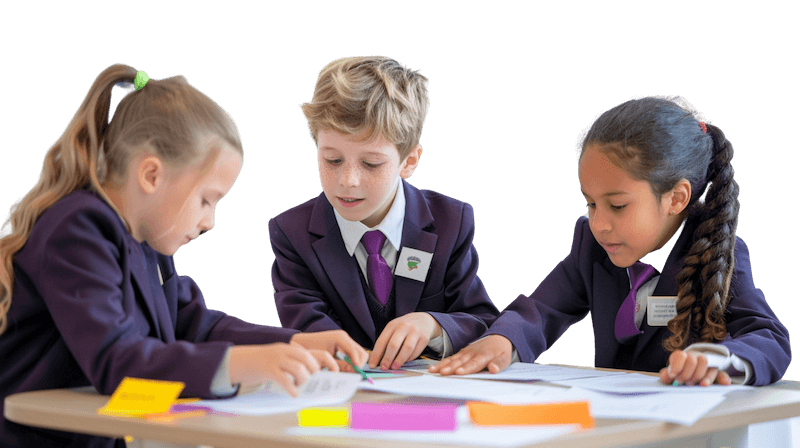
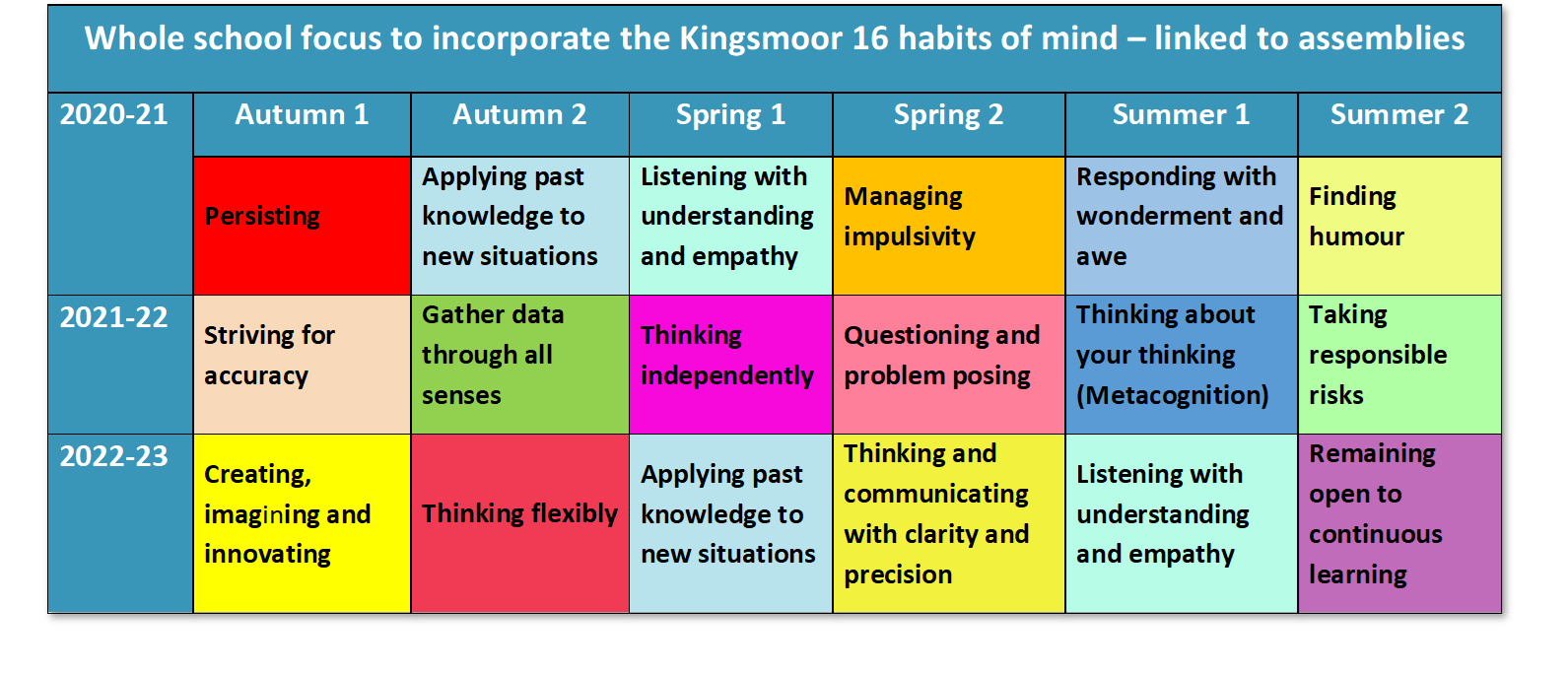
Habits of mind help students problem-solve, face failure, and find strategies to succeed. Here are practical ways to embed them in your classroom:
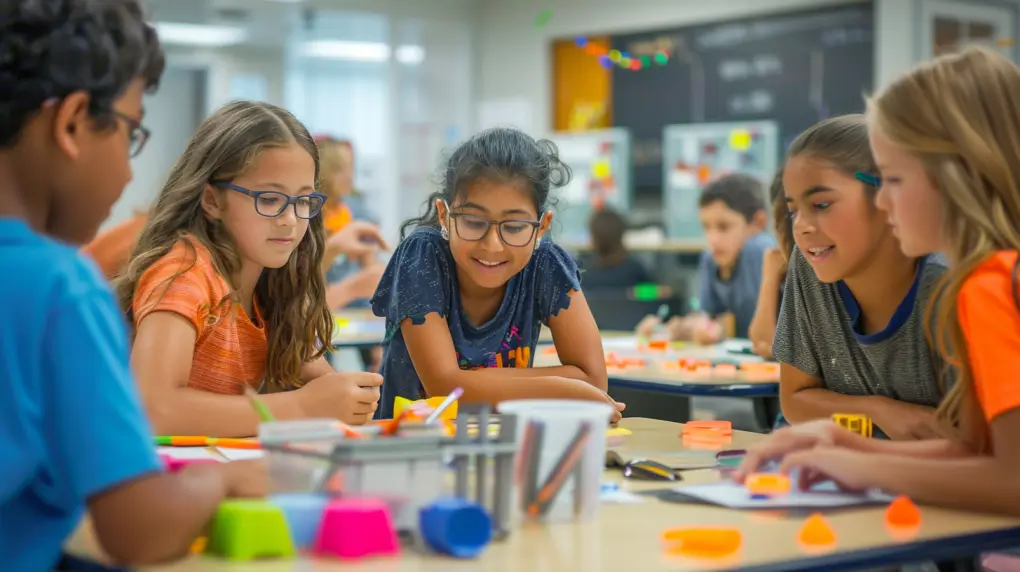
These studies show how Costa's Habits of Mind promote flexible, deeper thinking:
1. Ahmed (2020): Habits of Mind in Geometry
This study found that using Costa's Habits of Mind in maths improved both achievement and visual thinking skills.
2. Habits of Mind: An Introduction
This paper introduces Costa's framework as key to developing intelligent behaviour. It shows how these habits help people face complex problems.
3. Teachers' Perceptions Study
Research by Gary Andersen found that teachers' views on thinking culture are crucial for building habits of mind in classrooms.
4. Caring and Courageous Education
Another study suggests using Habits of Mind to create an education that empowers students to reach their full potential.
5. Ritchhart (2015): Eight Forces of Thinking Culture
This survey identified eight forces that shape thinking culture: expectations, language, modelling, time, opportunities, routines, physical environment, and interactions.
Art Costa's Habits of Mind are a set of thinking skills that help people solve problems. These habits are not special talents that only gifted people have. They can be taught and developed over time.
The Habits of Mind are strategies that successful people use when facing tricky problems. They involve skills, attitudes, and past experience. They need mental energy and the ability to draw on different problem-solving methods.
These habits are about building resilience and flexibility in thinking. They help us find different solutions and learn from past experiences. Costa outlined key traits of people who show these habits:
Teachers can support these habits by creating a learning environment that encourages exploration and reflection. For example, a student facing a hard maths problem would not give up easily. They would try different approaches until they find a solution.
Habits of mind link to effective thinking. They help students approach tasks in a more positive way.
Edward De Bono's Thinking Hats support flexible thinking. By using different hats, students can look at a problem from many angles. This matches the idea of habits of mind linked to higher-order thinking.
Albert Einstein said we should encourage students to think outside the box. Using different thinking hats helps students approach problems from new perspectives.

Habits of mind often relate to being creative. Linda Niama offers useful ideas to boost creativity in the classroom.
She talks about 'whole-brain thinking' based on Hermann's research. This suggests that each of us has a preferred way of thinking that shapes how we process information.
Niama suggests four modes of creative thinking:
A 'Habit of Mind' means acting wisely when faced with problems that have no obvious answer. When we face confusion or uncertainty, our best actions come from using patterns of thinking we have built over time.

Carol Dweck's growth mindset ideas link closely to habits of mind. Dweck says people with a growth mindset:
Helping students learn from failure takes time and skill. Teachers need to use clear language, show emotional intelligence, and be thoughtful in their approach.
Simple coaching techniques can support a growth mindset. For example, teachers can contract the problem, listen to issues, explore solutions, create actions, and review progress.

Judith Beck outlined three levels of thinking that affect our ability to develop a growth mindset:
Automatic thoughts can lead to thinking errors such as:
Intermediate beliefs are shaped by our background. Where we grow up and who we spend time with affects our views. Students bring different experiences to the classroom.
Core beliefs develop in childhood. Children who lack secure early relationships may have a fixed mindset. They may avoid drawing attention to themselves.
Teachers sometimes use language that students do not understand. It helps to scaffold learning and explain key terms clearly.


Teachers can use simple questioning techniques to help students solve problems. Ask students what issues they face and help them find realistic steps to reach their goals.
Bill Rogers talked about behaviour techniques such as tactically ignoring or giving framed choices. For example: 'You have two choices here - you can complete your task now or later after school.'
Another simple tool is a 'parking lot' area in the classroom. Students can post questions on sticky notes that may not fit into the lesson. Teachers can then use these questions for discussion or lesson planning.
Having reference materials available helps students see that not succeeding the first time does not mean failure. Students learn that being unable to do something right away means there is more to figure out, not that they are 'not smart enough.'


Habits of mind help students problem-solve, face failure, and find strategies to succeed. Here are practical ways to embed them in your classroom:

These studies show how Costa's Habits of Mind promote flexible, deeper thinking:
1. Ahmed (2020): Habits of Mind in Geometry
This study found that using Costa's Habits of Mind in maths improved both achievement and visual thinking skills.
2. Habits of Mind: An Introduction
This paper introduces Costa's framework as key to developing intelligent behaviour. It shows how these habits help people face complex problems.
3. Teachers' Perceptions Study
Research by Gary Andersen found that teachers' views on thinking culture are crucial for building habits of mind in classrooms.
4. Caring and Courageous Education
Another study suggests using Habits of Mind to create an education that empowers students to reach their full potential.
5. Ritchhart (2015): Eight Forces of Thinking Culture
This survey identified eight forces that shape thinking culture: expectations, language, modelling, time, opportunities, routines, physical environment, and interactions.